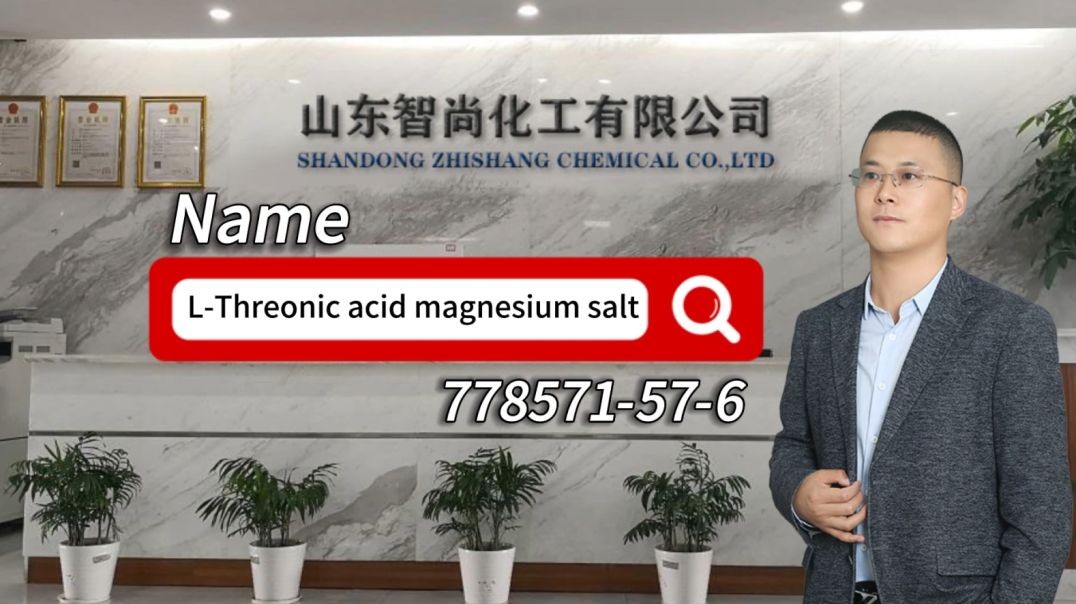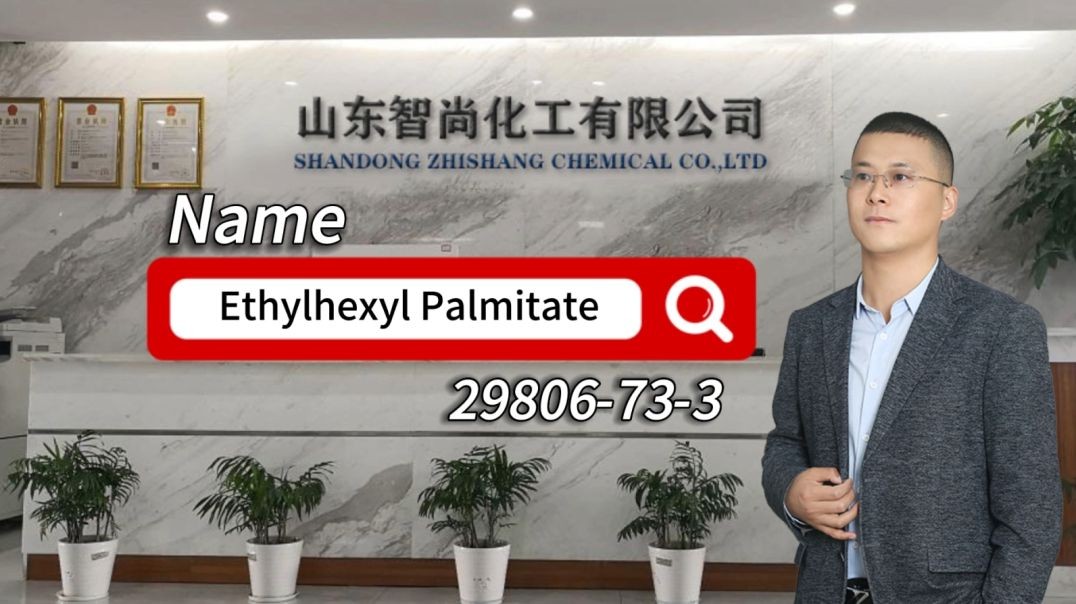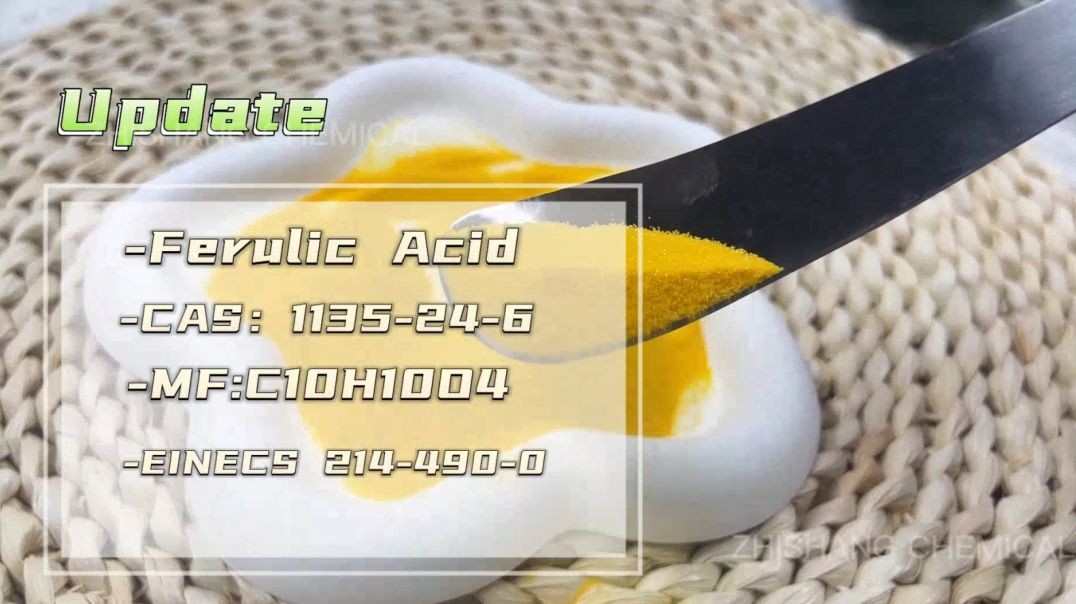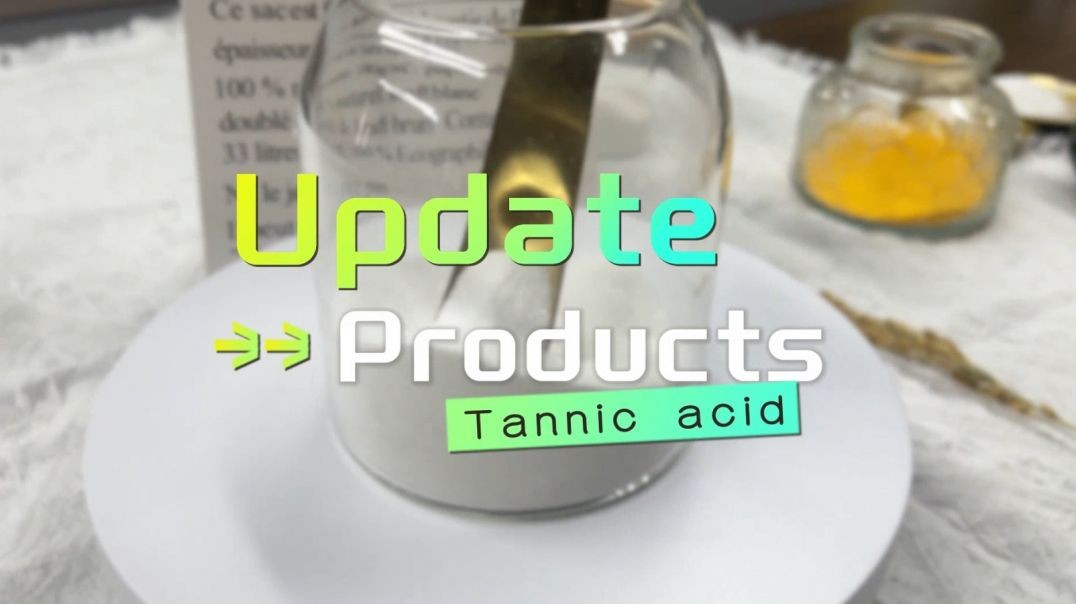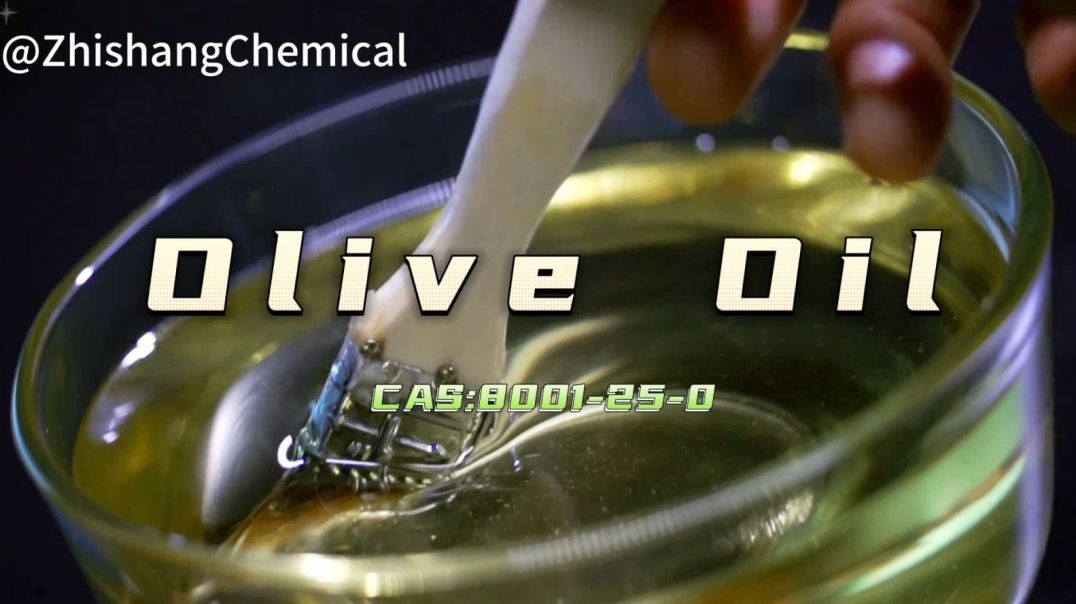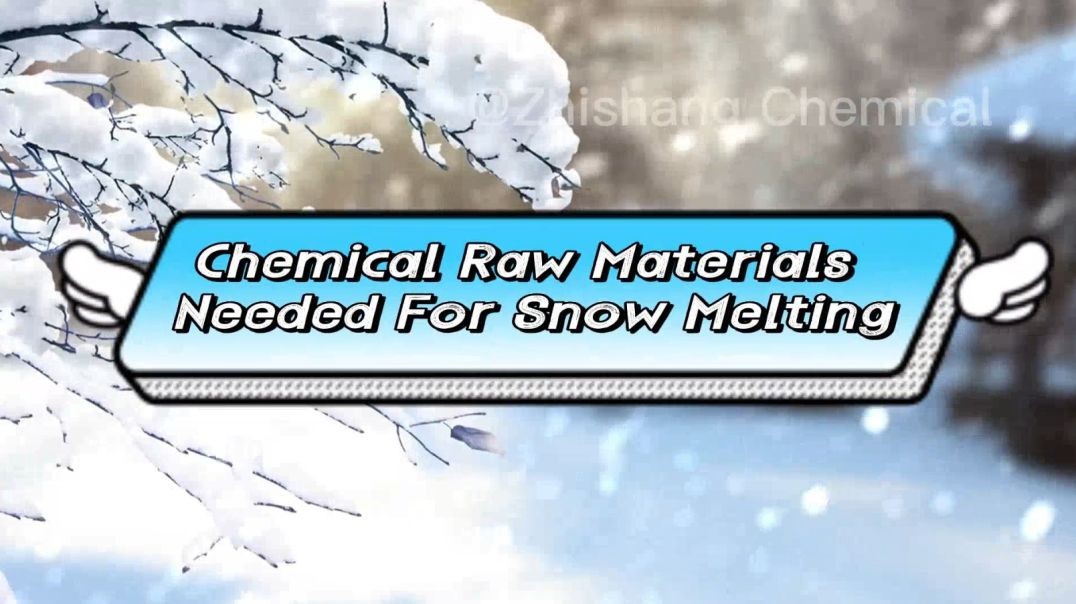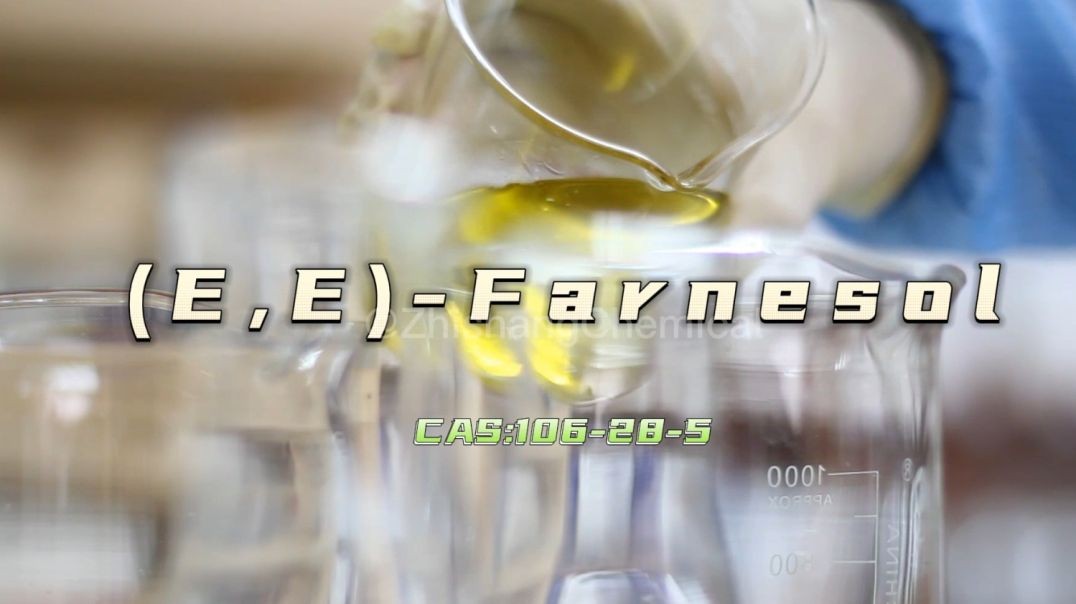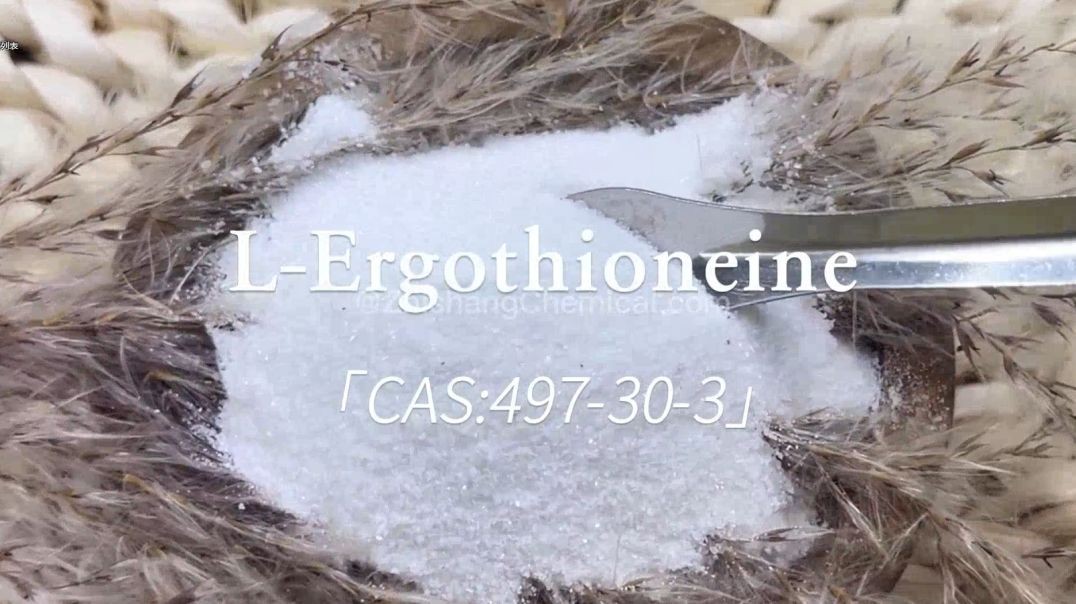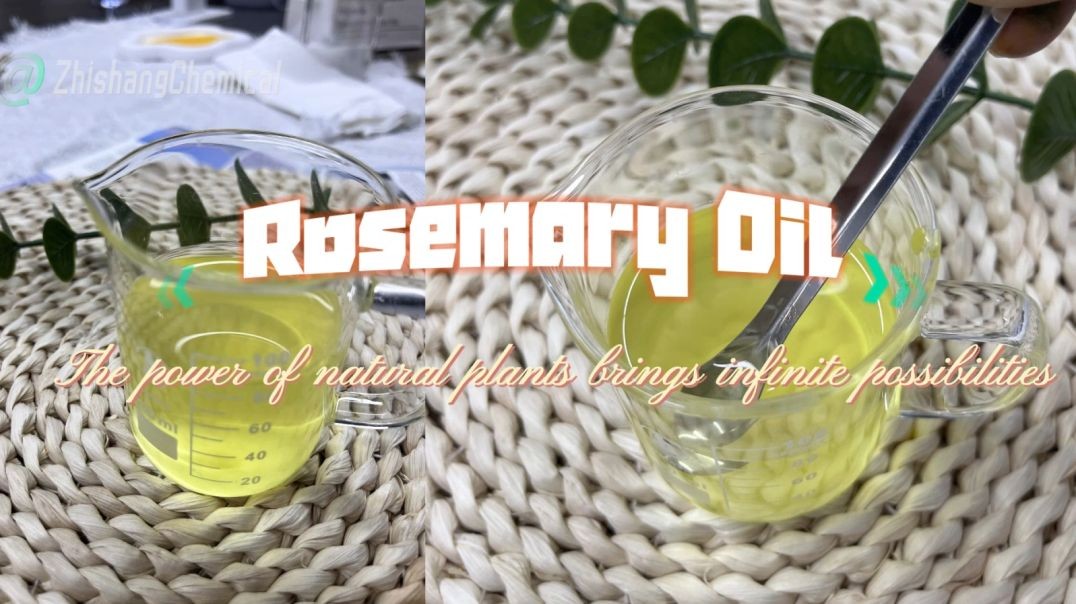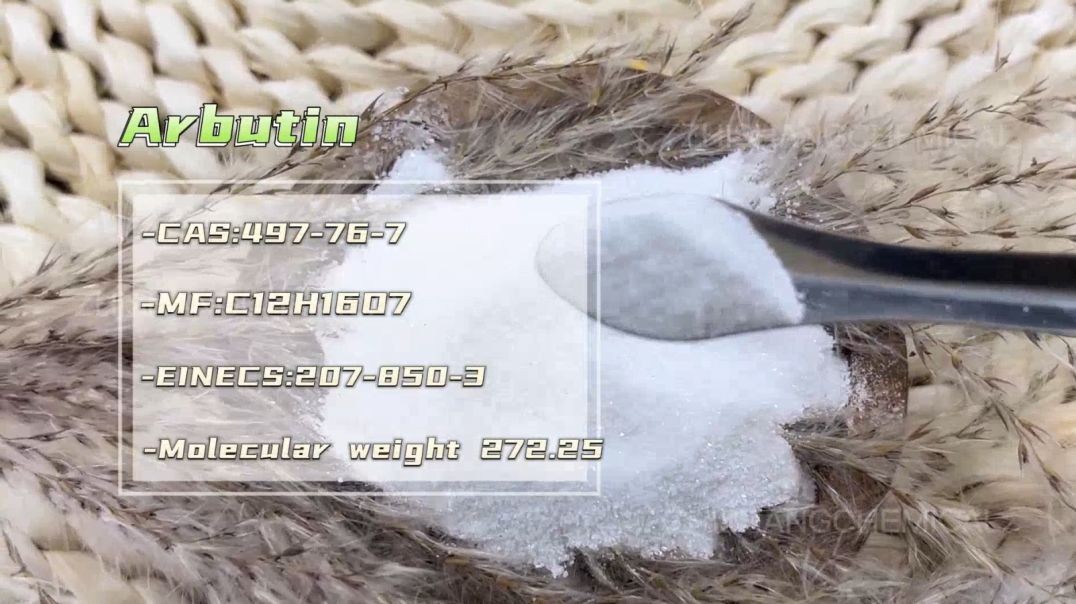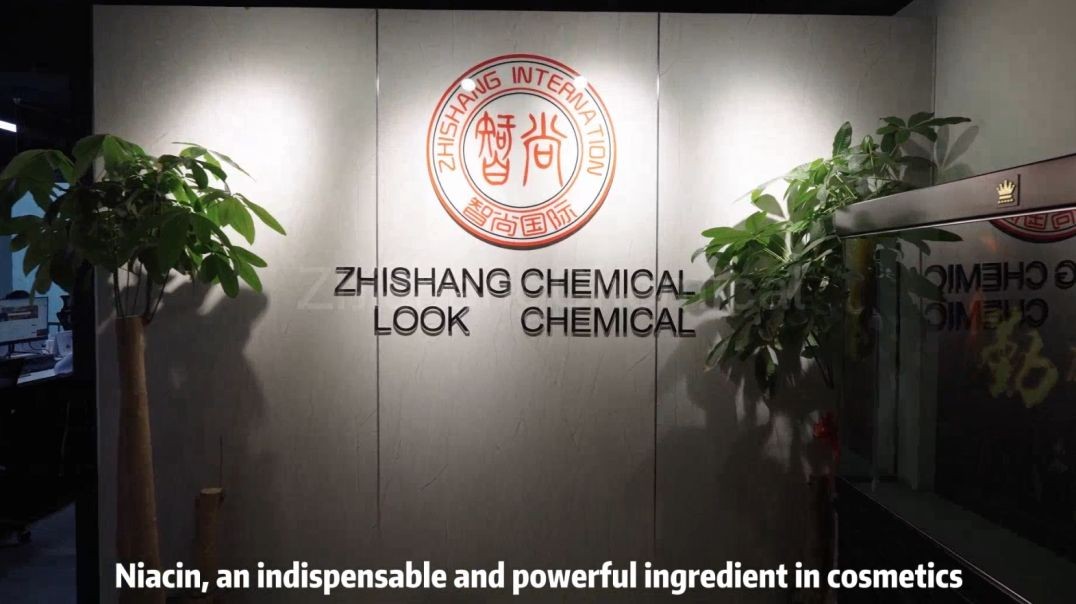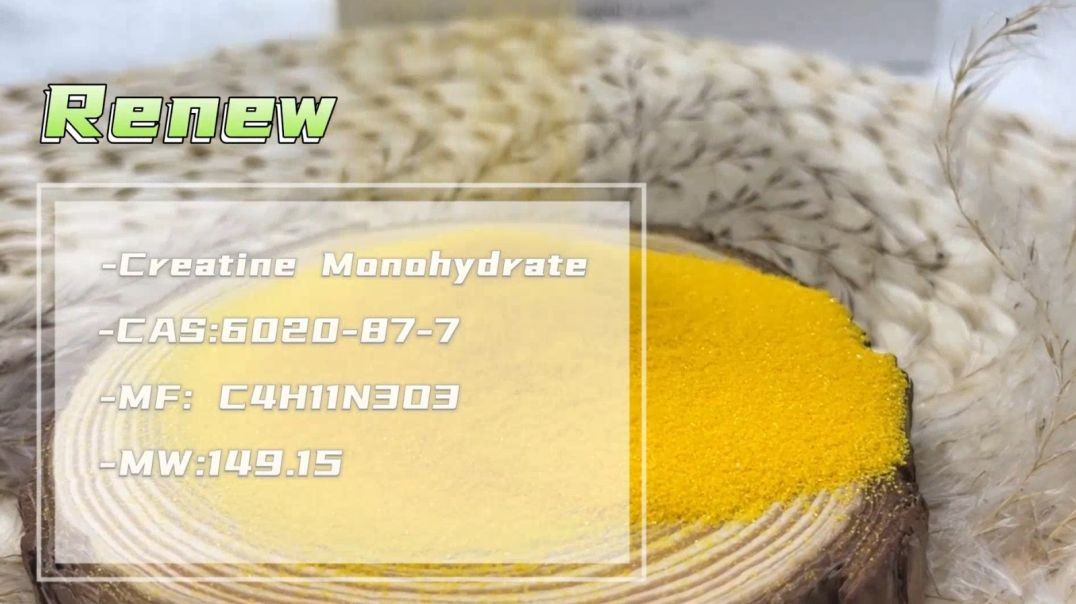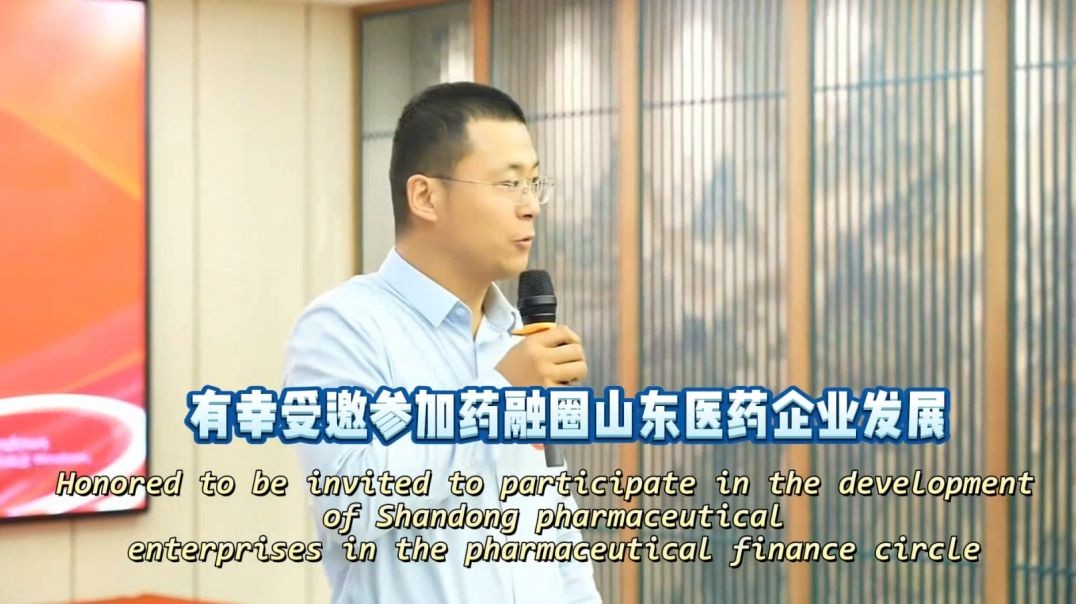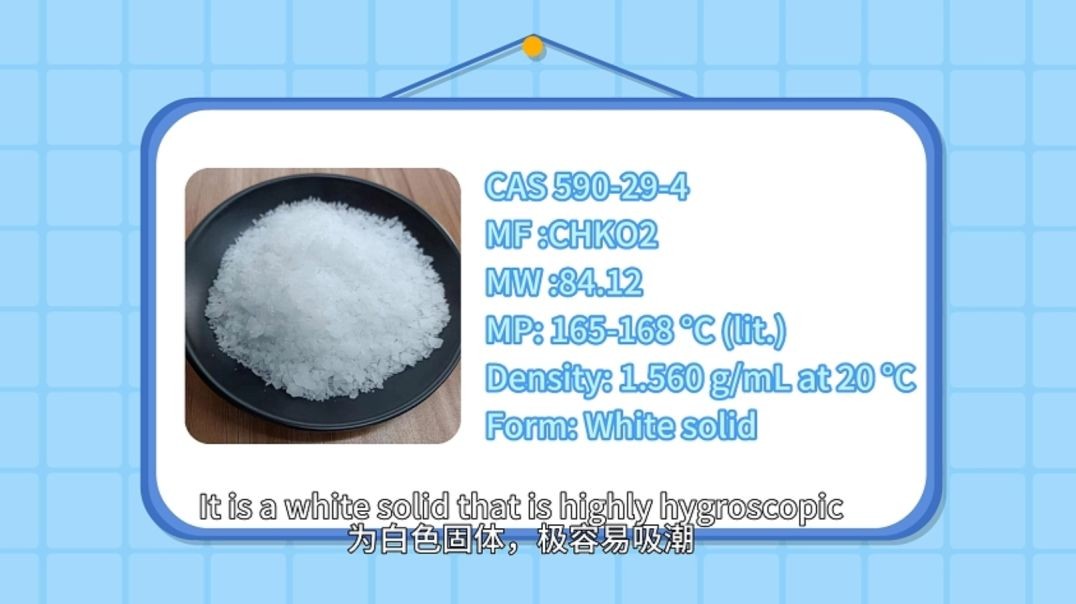Top videos
1-Hydroxycyclohexylphenylketone (184) is a novel and highly efficient photosensitive initiator introduced by Ciba Geigy, a Swiss company in the 1980s. Its product code is Irgacure 184 and its melting point ranges from 47 to 49 ℃. It is an efficient and yellowing resistant free radical (I) type solid photoinitiator with advantages such as long storage time, high initiation efficiency, and wide UV absorption range.
It is mainly used in conjunction with single or multi-functional vinyl monomers and oligomers for UV curing of unsaturated prepolymers (such as acrylic esters), especially suitable for coatings and inks with high yellowing requirements.
L-threonine, as a degradation product of vitamin C, can promote the absorption and utilization of vitamin C, thereby enhancing its activity, and has a synergistic effect with insulin. As a carrier of metal ions, it can easily bind with amino acids or proteins and be absorbed and utilized by animals, demonstrating high physiological activity in the human body.
In recent years, studies have shown that magnesium L-threonate has high bioavailability. Supplementing with magnesium L-threonate through diet can significantly increase the level of magnesium ions in the brain. Increasing brain magnesium can enhance the long and short-term memory of rats, prevent and restore memory defects, and improve learning and memory functions
nature
Isooctyl palmitate is a colorless to pale yellow transparent oily liquid with good chemical and thermal stability. It is insoluble in water but soluble in conventional organic solvents.
purpose
Isooctyl palmitate has low viscosity, is non greasy, and has good compatibility with the skin. It has good moisturizing, extensibility, and permeability, and is an important oily raw material for producing high-end cosmetics. It is commonly used in various human skincare products. It can also be used as a plasticizer for ethyl cellulose, nitrocellulose, and polystyrene, and as an auxiliary plasticizer for polyvinyl chloride.
In addition, isooctyl palmitate can be directly used as an additive for advanced lubricants, cutting oil, coolant, rolling oil, and chisel oil in advanced instrument processing.
Physical and chemical properties
Ferulic acid is a common aromatic acid in the plant kingdom, which is a component of suberin and rarely exists in a free state in plants. It mainly forms a bound state with oligosaccharides, polyamines, lipids, and polysaccharides.
purpose
Ferulic acid has many health functions, such as clearing free radicals, anti thrombotic, antibacterial and anti-inflammatory, inhibiting tumors, preventing and treating hypertension, heart disease, enhancing sperm vitality, etc; And it has low toxicity, is easy to metabolize for the human body, can be used as a food preservative, and has a wide range of applications in food, medicine, and other fields.
character
Light yellow powder
nature
This product is a light yellow to light brown powder with a special odor and extremely astringent taste; Dissolve in 1 part of water or ethanol, soluble in acetone, insoluble in chloroform or ether.
purpose
Clarifier, astringent, crude oil deodorizer, fragrance enhancer; Tannic acid can be used for tanning leather, ink manufacturing, gluing paper and silk, boiler descaling, etc. It can also be used as a mordant, a clarifying agent for beer and wine, a gelling agent for rubber, etc. It can be used in industries such as printing and dyeing, metallurgy, and pharmaceuticals, and tannic acid itself has low toxicity. Precipitation and weight determination of beryllium, aluminum, gallium, indium, niobium, tantalum, and zirconium. Specific determination of copper, iron, vanadium, cerium, and cobalt. Protein and alkaloid precipitants. External indicator for ammonium molybdate titration of lead. Dye mordant.
Natural plant spice oil olive oil is a type of edible oil rich in oleic acid. Obtained from olive flesh, it is a non drying oil. The color is light yellow, clear and transparent, with high vitamin content and a unique olive fragrance. Containing 60% to 80% oleic acid, 8% to 15% linoleic acid, 7% to 11% palmitic acid, 2% to 3% stearic acid, and 0.5% to 0.8% linolenic acid. The saponification value is 187-196, and the iodine value is 79-90. Good stability, can generally be stored for several years without any change in quality or taste. Used for processing canned fish and meat, and can also be used as cold dressing oil and cooking oil. The digestion rate is around 94%. The main components of olive oil are glycerides of oleic acid, linoleic acid, and palmitic acid. Light yellow or yellow green liquid, non drying oil. It has a fragrance, a relative density of 0.9145-0.9190 (15/15 ℃), a freezing point of -6 ℃, an iodine value of 79-88, and a saponification value of 185-195. It is obtained by pressing olive flesh (with an oil content of 35% to 60%). Premium oil is used for food or medicine, while inferior oil is used for making soap, lubricating oil, etc.
Effect and Function
1. Olive oil can promote blood circulation, prevent arteriosclerosis and its complications, hypertension, heart disease, heart failure, renal failure, and cerebral hemorrhage.
2. Olive oil contains higher levels of unsaturated fatty acids, abundant vitamins A, D, E, F, K, carotenoids, and other fat soluble vitamins and antioxidants than any vegetable oil, and does not contain cholesterol, resulting in a very high digestion and absorption rate in the human body. It has the function of reducing stomach acid, preventing the occurrence of gastritis and duodenal ulcers, and can stimulate bile secretion, activate pancreatic enzyme activity, degrade oil, and be absorbed by the intestinal mucosa to reduce the occurrence of cholecystitis and gallstones.
3. Moisturizing and anti-cancer olive oil contains squalene, which can keep our skin elastic and nourish it, so it can be used for beauty. Both the body and face can use olive oil. In addition, if your hair is relatively dry, with split ends and roughness, you can also use olive oil to moisturize your hair, as long as you use it like a conditioner, which is effective and natural without irritation.
4. Improving secretion function: Olive oil can enhance the metabolic function of organisms. At present, olive oil has become the best edible oil to prevent and control diabetes.
Jojoba oil is often used for skin care due to its moisturizing and anti-inflammatory properties, but it cannot directly treat sunburn. The following are the possible effects and precautions of jojoba oil on sunburned skin:
The function of jojoba oil:
Moisturizing: Jojoba oil can help lock in moisture and relieve dry skin after sunburn.
Soothing: Its anti-inflammatory properties may alleviate redness, swelling, and discomfort caused by sunburn.
Repair: Rich in vitamin E and antioxidants, it may help with skin repair.
1. Sodium chloride (NaCl) - table salt
Features: Low price, easy to obtain.
Disadvantages: The effect is poor at extremely low temperatures (below -9 ° C), and it is corrosive to the environment and infrastructure.
2. Calcium chloride (CaCl ₂)
Characteristics: It is still effective at low temperatures (as low as -29 ° C) and has a rapid effect.
Disadvantages: High cost, corrosive to metals and concrete.
3. Magnesium chloride (MgCl ₂)
Features: Effective at low temperatures, strong moisture absorption, and can prevent road icing.
Disadvantage: Corrosive to the environment and infrastructure.
4. Potassium acetate (CH3 COOK)
Characteristics: Environmentally friendly snow melting agent with low corrosiveness to plants and concrete.
Disadvantages: High cost, mainly used in areas sensitive to corrosion such as airports.
5. Urea (CO (NH ₂) ₂)
Characteristics: Relatively friendly to plants and soil.
Disadvantages: The snow melting effect is weak and may cause eutrophication of the water body.
Chemical raw materials required for snow melting
6. Calcium magnesium acetate (CMA)
Characteristics: Environmentally friendly snow melting agent with low corrosiveness to the environment and infrastructure.
Disadvantages: High cost, slow snow melting speed.
7. Alcohols (such as methanol, ethanol)
Features: Lowering the freezing point, suitable for small-scale use.
Disadvantages: Flammable, high cost, not suitable for large-scale use.
Selection criteria:
Temperature: The effective temperature range of different chemicals varies.
Environmental impact: The impact on soil, plants, and water bodies needs to be considered.
Cost: Choose the appropriate snow melting agent based on the budget.
Corrosivity: Special attention should be paid when using near metal and concrete facilities.
Acacia alcohol is a colorless to slightly yellow oily liquid with a light white lemon like aroma. It has a boiling point of 110-113 ℃ and is soluble in 1ml of 3mL 70% ethanol, propylene glycol, and oils, but insoluble in water. Natural products are found in cinnamon, ylang ylang ylang, rosegrass, musk sunflower seeds, etc.
Acacia alcohol has a mild and delicate floral aroma with characteristics of lily of the valley.
Farnesol has a good fragrance fixing effect and is often used as an important component of high-grade floral essence; Acacia alcohol has the ability to inhibit bacteria and is highly efficient and low toxic. It can be used as a liquid disinfectant, deodorizer, and cosmetic, as well as for wood preservation and antibacterial purposes;
Acacetin alcohol is also a component of insect juvenile hormones and can be used to manufacture insecticides. Acacetin alcohol is widely used as a male sex hormone attractant for insect hormones, such as as as a sex hormone attractant for male spiders, to inhibit insect growth and achieve the goal of insect extermination
Ergothionein is a natural antioxidant that can protect cells in the human body and is an important active substance in the body. Natural antioxidants are safe, non-toxic, and have become a hot research topic. As a natural antioxidant, ergotamine has entered people's field of vision
It has various physiological functions such as clearing free radicals, detoxification, maintaining DNA biosynthesis, normal cell growth, and cellular immunity.
Just like a house that has been in disrepair for years, it will age and become dilapidated, unable to bear the burden. However, if the house is repaired and renovated, its service life may be extended.
Removing free radicals and antioxidants can solve skin problems from the source, which has been confirmed by many scientific studies. EGT breaks through the encirclement of numerous active ingredients precisely by relying on its absolute power in antioxidant protection and repair of the skin from an endogenous perspective, enhancing the skin's barrier function.
Rosemary essential oil is a colorless to yellowish volatile liquid. This fresh and clean essential oil has a strong stimulating effect on the brain, which can enhance memory and make thoughts clear; It can help treat various respiratory problems, muscle stiffness, colds, and improve liver and gallbladder health. It can also be used to care for hair and scalp health.
Effect and Function
The main effects of rosemary oil are: it has a strong astringent effect, regulates oily and unclean skin, promotes blood circulation, and stimulates hair regeneration; Reduce skin congestion, swelling, and swelling; Converge skin and improve dandruff; Relieve menstrual pain, promote diuresis, and lose weight;
Psychological therapeutic effect: activating brain cells; Improve tense emotions, drowsiness, and drowsiness; It can make people energetic and strengthen the soul
Food and laughter accompany each other, team and warmth walk together! Thank you to every partner for their efforts and dedication. Tonight, let's put aside the busyness of work and fully enjoy this wonderful gathering time! Cheers to us!
Between mountains and rivers, enjoy a leisurely time
Arbutin, also known as arbutin, arbutin, arbutin, arbutin or yangmei glycoside, originated from natural green plants and is a skin whitening active substance that combines the concepts of "green", "safe" and "efficient". Arbutin is an ideal whitening agent for whitening cosmetics, with two optical isomers, alpha and beta, and the beta isomer having biological activity. At room temperature, it is a white slightly yellowish powder that is easily soluble in water, methanol, ethanol, propylene glycol, and glycerol aqueous solutions. After dissolution, there is no precipitate, and it is insoluble in chloroform, ether, petroleum ether, etc.
It is added to many whitening and skincare products. Named after its discovery from the leaves of the bear fruit plant in the Rhododendron family, it was later found in the leaves of plants such as the Vaccinium genus in the Rhododendron family, the Pear genus in the Rosaceae family (such as the Western Pear and the Small Mountain Pear), and the Tiger Ear Grass genus in the Tiger Ear Grass family. After extraction, it is used as a medicinal and cosmetic additive.
Niacin is a very important water-soluble vitamin that plays a role in many aspects of health, from brain function to heart health, and more. Although associated with many potential side effects of niacin, it is also one of the few micronutrients often prescribed by doctors for the treatment of health problems such as high cholesterol, skin diseases, schizophrenia, etc. through supplements and niacin foods.
Vitamin B3, also known as niacin and niacinamide, is an important water-soluble vitamin that alters lipids. It can be found in many common foods, including certain types of meat and offal, tuna, seeds, mushrooms, and more.
It is a part of the vitamin B complex, as well as other B vitamins including vitamin B1 (thiamine), vitamin B2 (riboflavin), etc.
Vitamin B3, commonly known as niacin, comes in three forms: niacin, niacinamide, and inositol hexanoic acid. Vitamin B3 niacin has been extensively studied and proven to be helpful in treating various common health problems.
So what are the uses of niacin, what are its effects on the body, and how does it affect your health? Vitamin B3 is an important vitamin for maintaining heart health and metabolism, and also helps balance cholesterol levels in the blood. In addition, it can help brain function, skin health, and even prevent or treat diabetes.
However, according to recent research, several well-known side effects of niacin may occur when taking high doses of drugs or supplements containing niacin. The most common side effects of niacin are headache, dizziness, and hypotension. Continue reading the complete list of uses of niacin, possible side effects, benefits, sources, and signs of deficiency.
Creatine monohydrate is an amino acid that is crucial for the production of adenosine triphosphate (ATP). Adenosine triphosphate is the main energy source for muscle contraction. It is a naturally occurring compound that exists in small amounts in meat and fish.
The main reason for supplementing creatine monohydrate is to saturate your intramuscular phosphocreatine storage and free creatine levels, which is not possible solely through diet. By supplementing creatine monohydrate, endurance athletes can increase ATP production and improve athletic performance. Creatine has significant benefits in increasing ATP production, as well as providing benefits beyond exercise performance. Supplementing with creatine also has potential benefits for brain health.
In daily decoration, a variety of chemical materials are indispensable: * * formaldehyde resin adhesive * * is used for board bonding (environmental protection grade E0 is required), * * latex paint * * (including acrylic lotion) is used for wall painting (low VOC certification is required), * * silicone sealant * * is used to fill gaps, * * epoxy resin * * is used to bond metal/ceramics, * * cement * * and * * tile adhesive * * are used to pave the floor, * * polyurethane waterproof coating * * is used to treat toilets (gas masks are required for construction), * * wood preservative * * (such as ACQ) is used for outdoor anti-corrosion, * * thinner * * (including xylene) is used to prepare paint (flammable and ventilation is required).
In addition, there are * * putty powder * * leveling wall surface, * * stone maintenance agent * * anti fouling, etc. For safety reasons, it is recommended to prioritize water-based/formaldehyde free products, wear masks and gloves during construction, and fully ventilate and air dry after completion.
This team building is extraordinary—— The challenge of climbing Mount Taishan Mountain at night is successful! 🌄
From Hongmen to Yuhuangding, walk side by side for 5 hours,
Someone leads the way, someone encourages, and someone secretly shouts' tired '(but never surrenders) 😂
At the moment when the morning sun lights up the sea of clouds, the power of the team burns brighter than the wind on the mountaintop! 🔥
Congratulations to Mr. Wang for being invited to attend the high-end pharmaceutical summit and shar
Congratulations to Mr. Wang for being invited to attend the high-end pharmaceutical summit and sharing with industry experts! 🎤 As a member of the team, I sincerely call on the boss. This is not only a personal honor, but also a witness to the strength of our company! 💪
Looking forward to the boss returning with a full load, bringing back more cutting-edge insights and leading us to achieve even better results! 🚀
Potassium formate is mainly used to prepare injection fluids for water containing oil wells. Since the late 1990s, potassium formate has been applied to drilling and completion fluids, especially in high-density drilling and completion fluid systems, and has achieved good results.
The use of potassium formate to prepare drilling fluid systems has outstanding advantages such as strong inhibition, good compatibility, environmental protection, and reservoir protection. The on-site application results show that potassium formate inhibits the hydration of clay.
Potassium formate is widely used in the textile printing and dyeing industry. It can react with different types of dyes, including reactive dyes, direct dyes, acid dyes, cationic dyes, etc.

